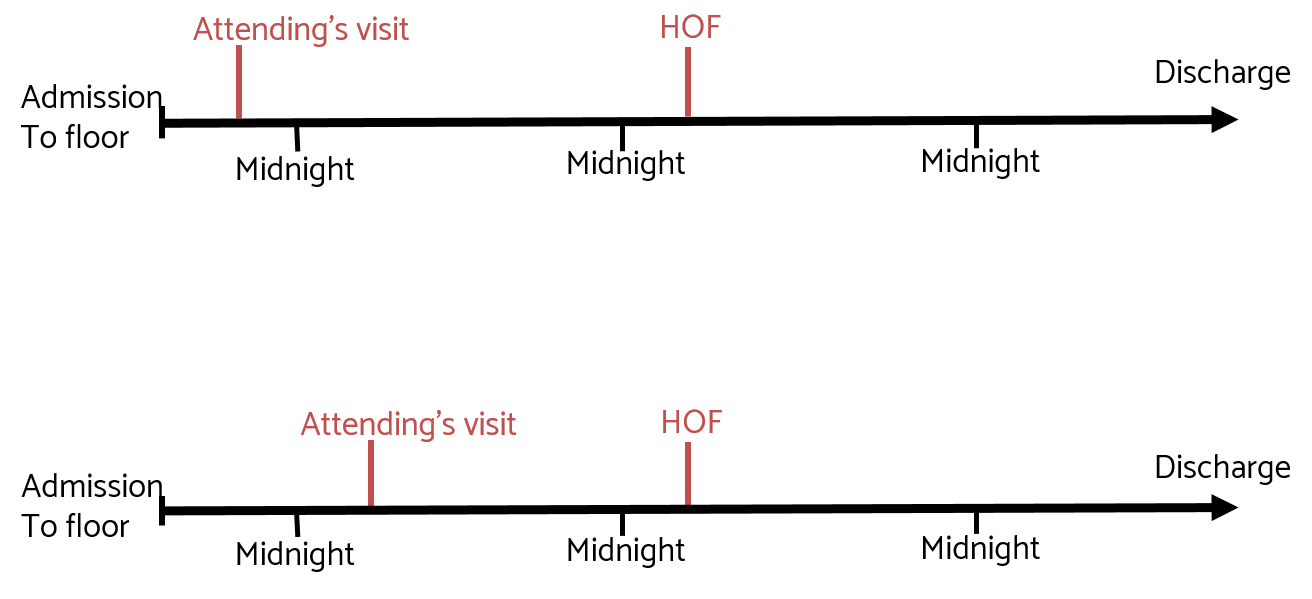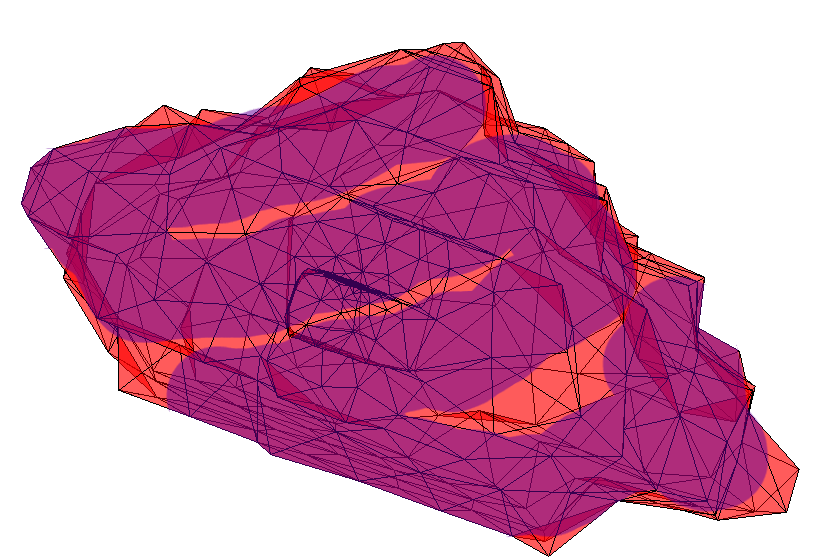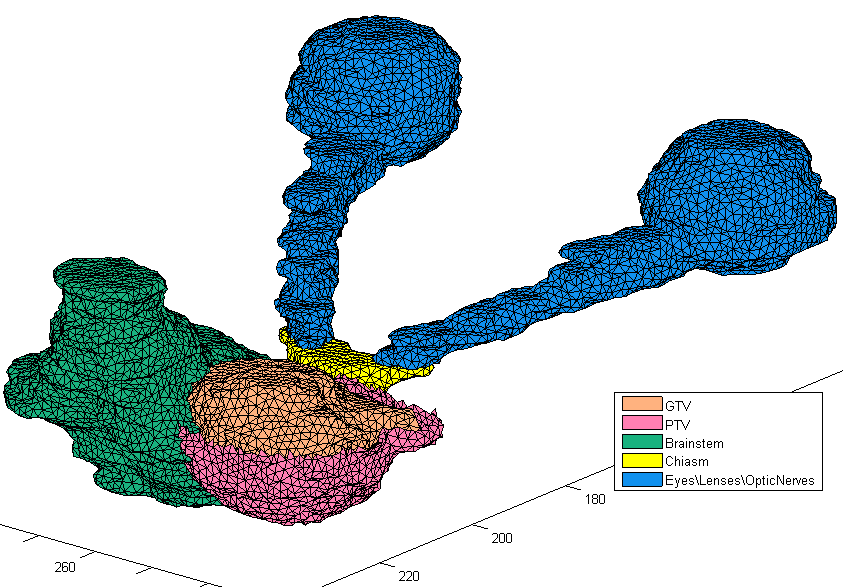 Home
Publications
Research
Mentorship and Awards
Teaching
Student Services
Home
Publications
Research
Mentorship and Awards
Teaching
Student Services
|
My research is inspired by data-driven applications of operations research. I am interested in both developing theory and working with industry partners to solve real-world problems. My recent work has been mainly focused on healthcare applications in medical decision-making, in collaboration with the Princess Margaret Cancer Centre in Toronto, and healthcare operations, working with the Massachusetts General Hospital in Boston.
Research Interest Topics:
Data-driven operational research, Healthcare, Data analytics, Optimization techniques (inverse optimization, integer programming), Machine learning, Large-scale problems, Algorithms (approximation, heuristic, deterministic).
Select Research Projects:
-
Real-time Scheduling Framework:
Many outpatient facilities with expensive resources, such as infusion and imaging centers, experience surge in their patient arrival at times and are under-utilization at other times. This pattern results in patient safety concerns, patient and staff dissatisfaction, and limitation in growth, among others. Scheduling practices is found to be one of the main contributors to this problem.
We developed a real-time scheduling framework to address the problem, specifically for infusion clinics. The algorithm assumes no knowledge of future appointments and does not change past appointments. Operational constraint are taken into account, and the algorithm can offer multiple choices to patients.
We generalize this framework to a new scheduling model, and analyze its performance through competitive ratio. The resource utilization of the real-time algorithm is compared with an optimal algorithm, which knows the entire future. It can be proved that the competitive ratio of the scheduling algorithm is between 3/2 and 5/3 of an optimal algorithm.
|

|
-
Staffing Pattern Effects of Patient Length of Stay:
In many healthcare services, care is provided continuously, however, the care providers, e.g., doctors and nurses, work in shifts that are discrete. Hence, hand-offs between care providers is inevitable. Hand-offs are generally thought to effect patient care, although it is often hard to quantify the effects due to reverse causal effects between patients' duration of stay and the number of hand-off events.
We use a natural randomized control experiment, induced by physicians' schedules, in teaching general medicine teams. We employ statistical tools to show that between the two randomly assigned groups of patients, a subset who experiences hand-off experience a different length of stay compared to the other group.
|

|
-
Continuous Dose Delivery in Stereotactic Radiation Therapy:
In radiation therapy with continuous dose delivery for Gamma Knife® Perfexion™, the dose is delivered while the radiation machine is in movement, as oppose to the conventional step-and-shoot approach which requires the unit to stop before any radiation is delivered. Continuous delivery can increase dose homogeneity and decrease treatment time. To design inverse plans, we first find a path inside the tumour volume, along which the radiation is delivered, and then find the beam durations and shapes using a mixed-integer programming optimization (MIP) model. The MIP model considers various machine-constraints as well as clinical guidelines and constraints.
|

|
-
Stereotactic Radiation Therapy Treatment Planning:
Radiation therapy is frequently used in diagnosing patients with cancer. Currently, the planning of such treatments is typically done manually which is time-consuming and prone to human error. The new advancements in computational powers and treating units now allow for designing treatment plans automatically.
To design a high-quality treatment, we select the beams sizes, positions, and shapes using optimization models and approximation algorithms. The optimization models are designed to deliver an appropriate amount of dose to the tumour volume while simultaneously avoiding sensitive healthy tissues. In this project, we work on finding the best beam positions for the radiation focal points for Gamma Knife® Perfexion™, using quadratic programming and algorithms such as grassfire and sphere-packing.
|

|
|

